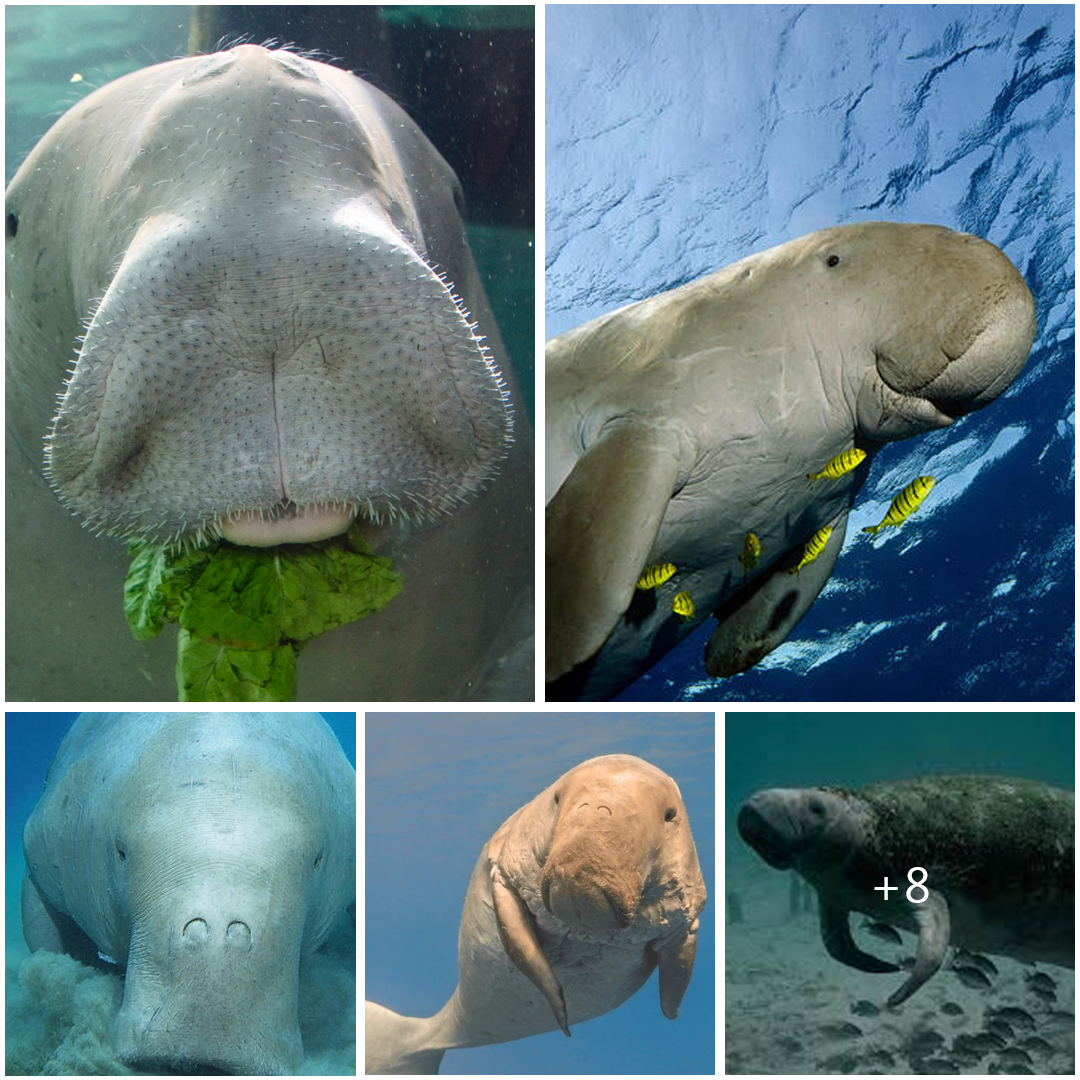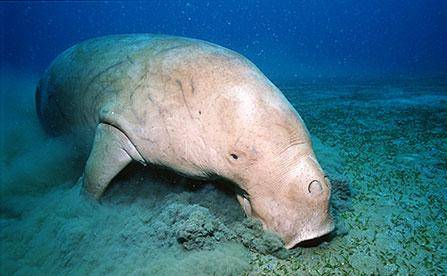
Dugong Dugon: The Gentle Giant of the Sea
In the azure waters of the tropical Indo-Pacific, a graceful and enigmatic creature glides silently, its presence often shrouded in mystery. Meet the dugong dugon, a captivating marine mammal often referred to as the “sea cow” for its gentle demeanor and herbivorous diet. Let’s dive into the world of this fascinating species and uncover the secrets of the dugong dugon.
Appearance and Identification
The dugong dugon is characterized by its large, torpedo-shaped body, which can grow up to three meters in length and weigh as much as 400 kilograms. Its smooth, grayish-brown skin is sparsely covered in short hairs, giving it a somewhat wrinkled appearance. Dugongs have paddle-like flippers and a broad, downturned snout adorned with bristly whiskers, which they use to root for seagrasses, their primary source of food.

Habitat and Distribution
Dugongs are primarily found in shallow coastal waters throughout the Indian and western Pacific Oceans, from East Africa to Australia and as far north as Japan. They prefer habitats with abundant seagrass beds, which provide both food and shelter. Dugongs are highly adapted to a fully aquatic lifestyle and are rarely seen in freshwater environments.
Diet and Feeding Behavior
As herbivores, dugongs subsist almost entirely on seagrasses, consuming vast quantities each day to meet their nutritional needs. Using their sensitive upper lips and muscular tongues, dugongs graze on seagrass meadows, uprooting plants from the seabed with their powerful jaws. Despite their large size, dugongs are surprisingly agile swimmers, capable of maneuvering gracefully through dense seagrass beds in search of their next meal.
Reproduction and Life Cycle
Dugongs have a relatively slow reproductive rate compared to other marine mammals, with females typically giving birth to a single calf every 2-7 years. Calves are born underwater and are immediately capable of swimming and nursing from their mothers. They remain dependent on their mothers for several years, gradually weaning and learning essential survival skills before venturing out on their own.

Conservation Status
Despite their cultural significance and ecological importance, dugongs are listed as vulnerable to extinction by the International Union for Conservation of Nature (IUCN). The primary threats facing dugongs include habitat loss and degradation, entanglement in fishing gear, poaching for their meat and other body parts, and collisions with boats and ships. Conservation efforts aimed at protecting seagrass habitats, implementing sustainable fishing practices, and reducing human impacts on coastal ecosystems are crucial for the long-term survival of this iconic marine mammal.
Conclusion
The dugong dugon, with its gentle nature and mysterious allure, holds a special place in the hearts of those who dwell along the shores of the tropical seas. As stewards of the ocean, it is our responsibility to ensure the continued survival of this magnificent species and preserve the fragile ecosystems upon which it depends. By working together to address the threats facing dugongs and their habitats, we can ensure that future generations will have the opportunity to marvel at the grace and beauty of the gentle giants of the sea.





